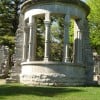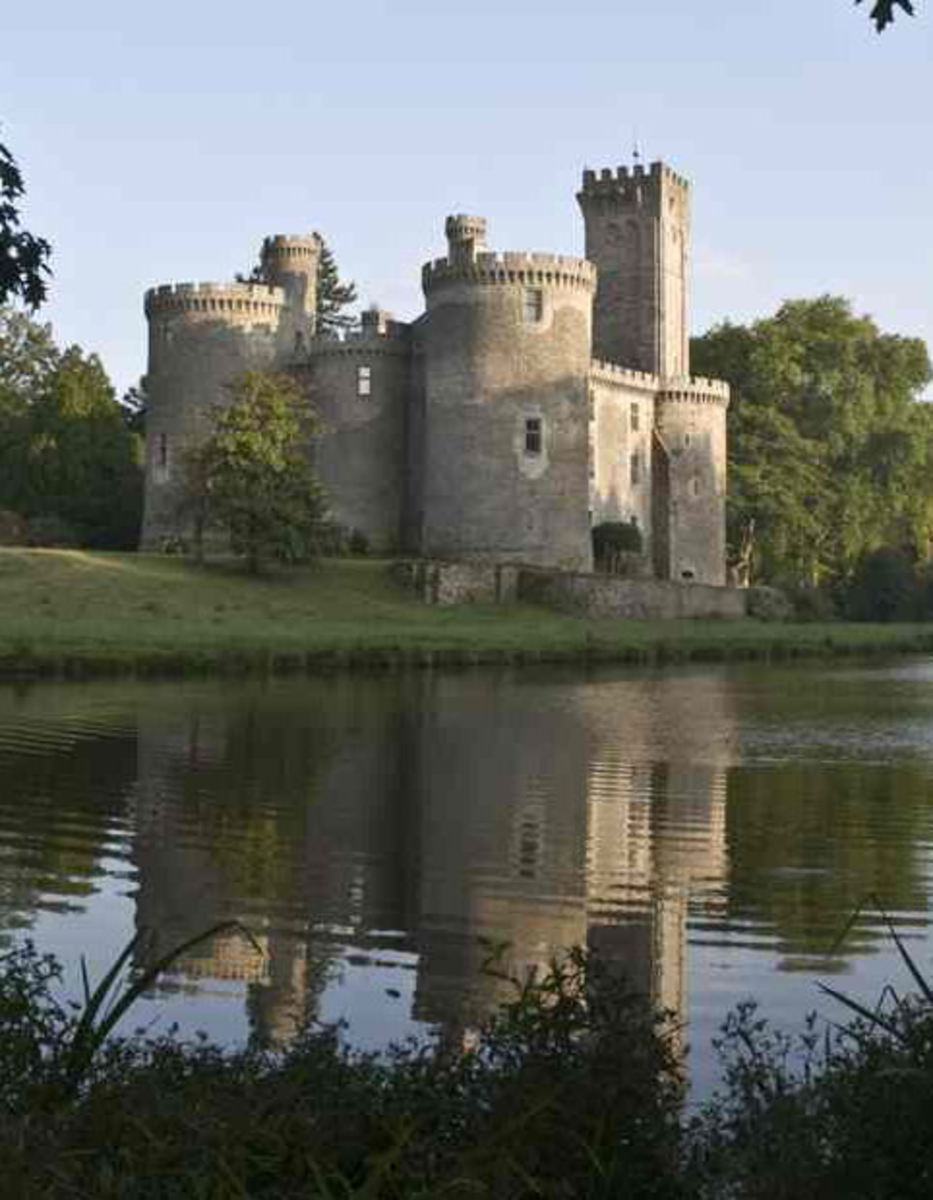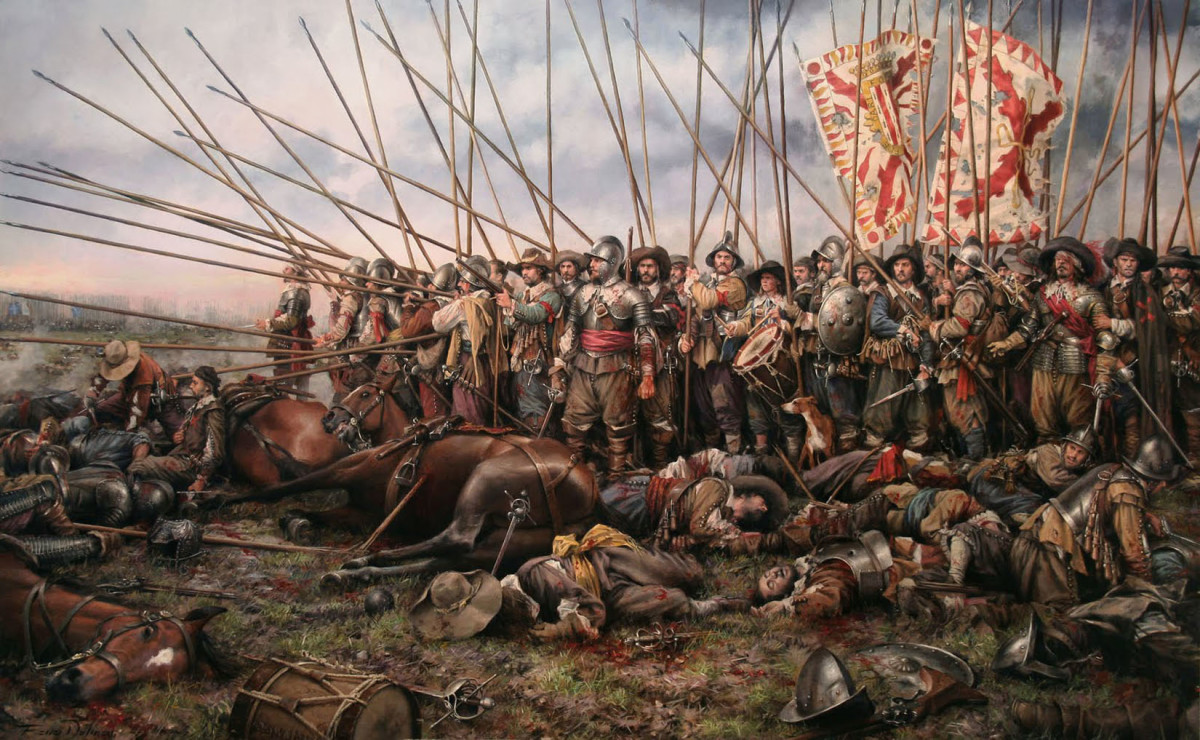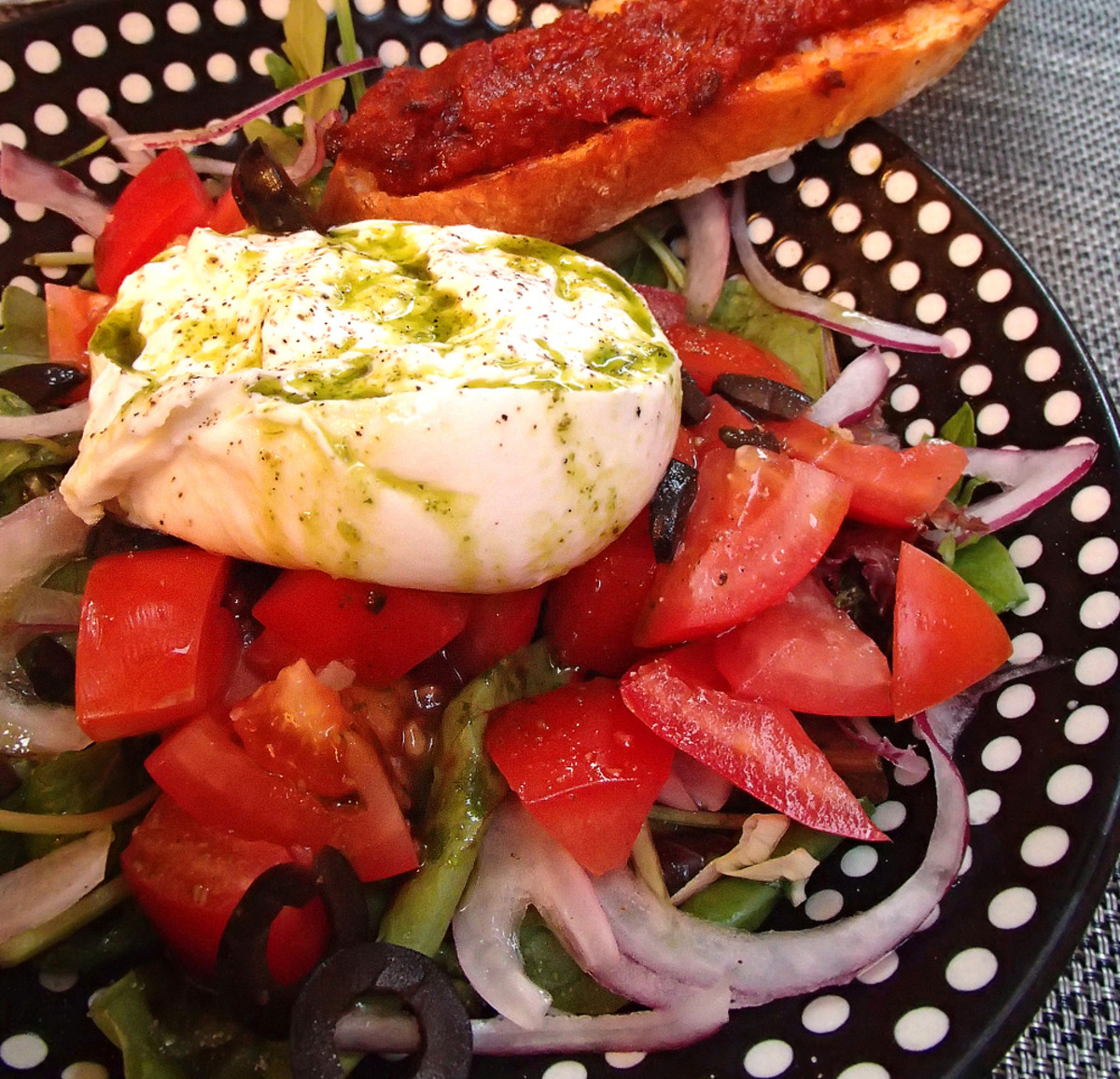Visiting Comines, France: a municipality of multidimensional boundaries, with a towered, Flemish skyline
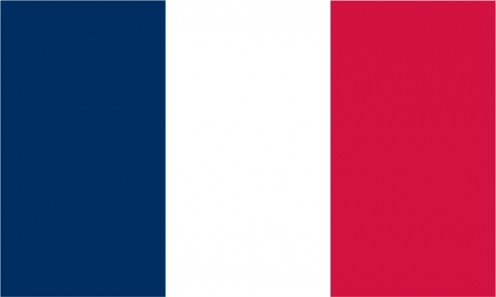

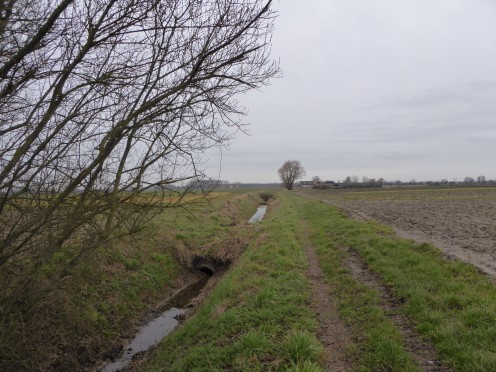
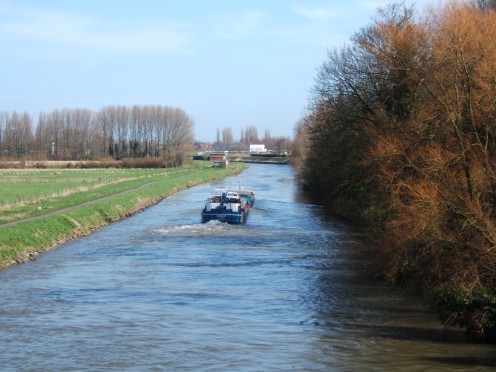
On the periphery, but Flanders all round
Comines, France — there is also its namesake, Comines / Komen lying adjacent in Belgium — is a curious place, not least because of its varied boundaries.
Over the years I have walked quite extensively around this French municipality. Part of Comines' boundaries lies in a heavily agricultural area, in the largely flat Flemish plain of land lying near the city of Lille and the Belgian border. Comines' rural boundary areas make for invigorating country walks, which I have followed when staying at a gîte, nearby. I have supplied a photo of the flat, agricultural land in rural Comines.
Then the municipality is bounded on one side by the Lys River, which also at Comines forms the border with Belgium. Riverside scenes at the Lys at Comines are thus typical of northern Europe, with regular river freight carried on large, owner operated barges, with riverside tow-paths, some of which date from the days before motor engines. I have supplied a photo of the Lys at Comines, which washes both France and Belgium on opposite banks (1).
However, it is when one observes Comines from the vertical perspective of how the skyline is punctured (see photo, above) that one sees a typical Flemish town, with belfries thrusting upwards: an almost essential feature of Flemish towns since Medieval times. In French Flanders, there was even a local publication known as 'de Torrewachter' (in Dutch) — the tower watchman; the French would be, approximately: 'le sentinel de la tour'. Towers and belfries typify the wider region of Flanders, in both the Dutch- and French-speaking areas.
France and Belgium have their legal boundaries; and Flanders is divided between often clearly defined linguistic areas. In addition, in French, 'la Flandre' (singular) tends to refer to the Dutch-speaking Belgian state of Flanders, while 'les Flandres' (plural) tends to refer in turn to a sizeable area of French-speaking northern France.
BUt at Comines, France one is in the midst of multidimensional land and fluvial and municipal and international borders, yet also in the heart of historic Flanders in its wider definition.
Maybe it's because I find the place so intriguing that I have returned there again and again over many years.
May 25, 2017
Note
(1) Interestingly, Comines / Komen in Belgium was formerly in the province of West Flanders (Dutch: West-Vlaanderen; French: Flandre occidentale) but in recent decades has been an exclave of the mainly French-speaking province of Hainaut (Dutch: Henegouwen).
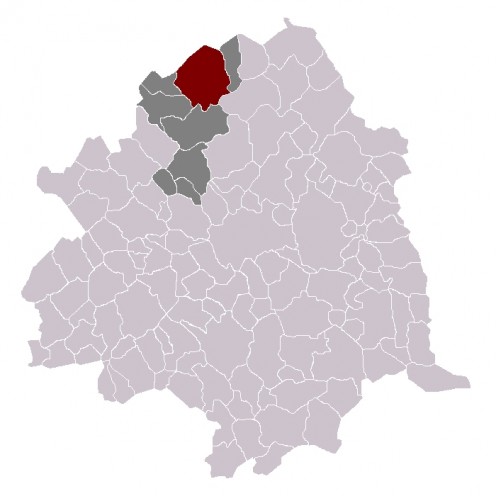
Also worth seeing
In Comines itself, in the garden area next to Saint-Chrysole church a bust of Medieval chronicler Philippe de Commynes is worth seeing, as are a bas-relief by Adolphe Masselot at the foot of the church tower, and the Town Hall (French: Hôtel de ville), with its impressive belfry; the town suffered much war damage, but has been painstakingly rebuilt.
Lille (distance: 18 kilometres) has many compelling visitor attractions, including the Chamber of Commerce belfry, the City Hall belfry, the former stock exchange building and the General Charles de Gaulle Birthplace Museum, and many others.
...
How to get there: To Comines-France , Brussels has the nearest large international airport. Brussels Airlines flies from New York to Brussels Airport (Brussel Nationaal / Bruxelles-National ), from where car rental is available. The Belgian railroad company SNCB maintains a service between Brussels and Comines/Komen, on the Belgian side, which is easily accessible from Comines-France . Please check with the airline or your travel agent for up to date information. Please refer to appropriate consular sources for any special border crossing arrangements which may apply to citizens of certain nationalities.
MJFenn is an independent travel writer based in Ontario, Canada.
Other of my hubpages may also be of interest
- Visiting Comines, France: recurring, late Medieval cadences of Philippe de Commynes
At least two towns in France's Nord department lay claim to the French Medieval chronicler Philippe de Commynes (1447-c.1511), who, in addition to being known for his writings, exercised all the subtlety of a borderlander in the many... - Visiting Lille, France: birthplace museum of General Charles de Gaulle
A poignant, absorbing museum which commemorates, in the city of his birth, the towering French historical personality General Charles de Gaulle.
Of interest

